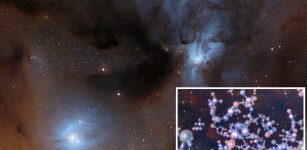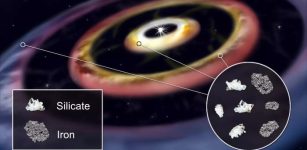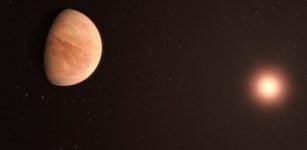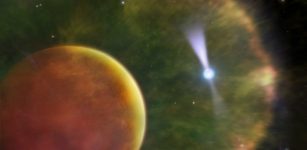Jupiter Is The Oldest Planet In Our Solar System – Scientists Discovered
MessageToEagle.com – Located about 484 million miles from the Sun and known as the King of Roman Gods, Jupiter accounts for 75% of the mass of the planets of the Solar System.
While Jupiter has been known since ancient times, the first detailed observations of this planet were made by Galileo Galilei in 1610 with a small telescope.
Pioneer 10 and 11 and Voyager 1 and 2 were the first to fly by Jupiter in the 1970s, and since then we’ve sent Galileo to orbit the gas giant and drop a probe into its atmosphere. Today we know a lot more about giant Jupiter and its many moons.
Researchers have long predicted that Jupiter formed early in the history of our Solar System, but it remained unclear when exactly the planet was born.
Jupiter’s age ranged from 1 to 10 million years after the formation of the Sun. Knowing the age of Jupiter is key to understanding how the solar system evolved toward its present-day architecture.
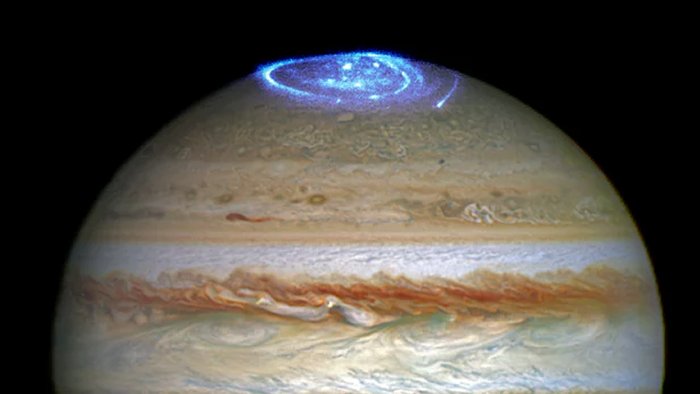
For the first time ever, researcher have been able to determine when Jupiter was born. By examining tungsten and molybdenum isotopes on iron meteorites,
an international group of scientists has discovered that Jupiter is the oldest planet in our Solar System.
Scientists from Lawrence Livermore National Laboratory and Institut fur Planetologie at the University of Munster in Germany, found that meteorites are made up from two genetically distinct nebular reservoirs that coexisted but remained separated between 1 million and 3-4 million years after the solar system formed.
“The most plausible mechanism for this efficient separation is the formation of Jupiter, opening a gap in the disc (a plane of gas and dust from stars) and preventing the exchange of material between the two reservoirs,” said Thomas Kruijer, lead author of the paper appearing in the June 12 online issue of Proceedings of the National Academy of Sciences. Formerly at the University of Munster, Kruijer is now at LLNL.
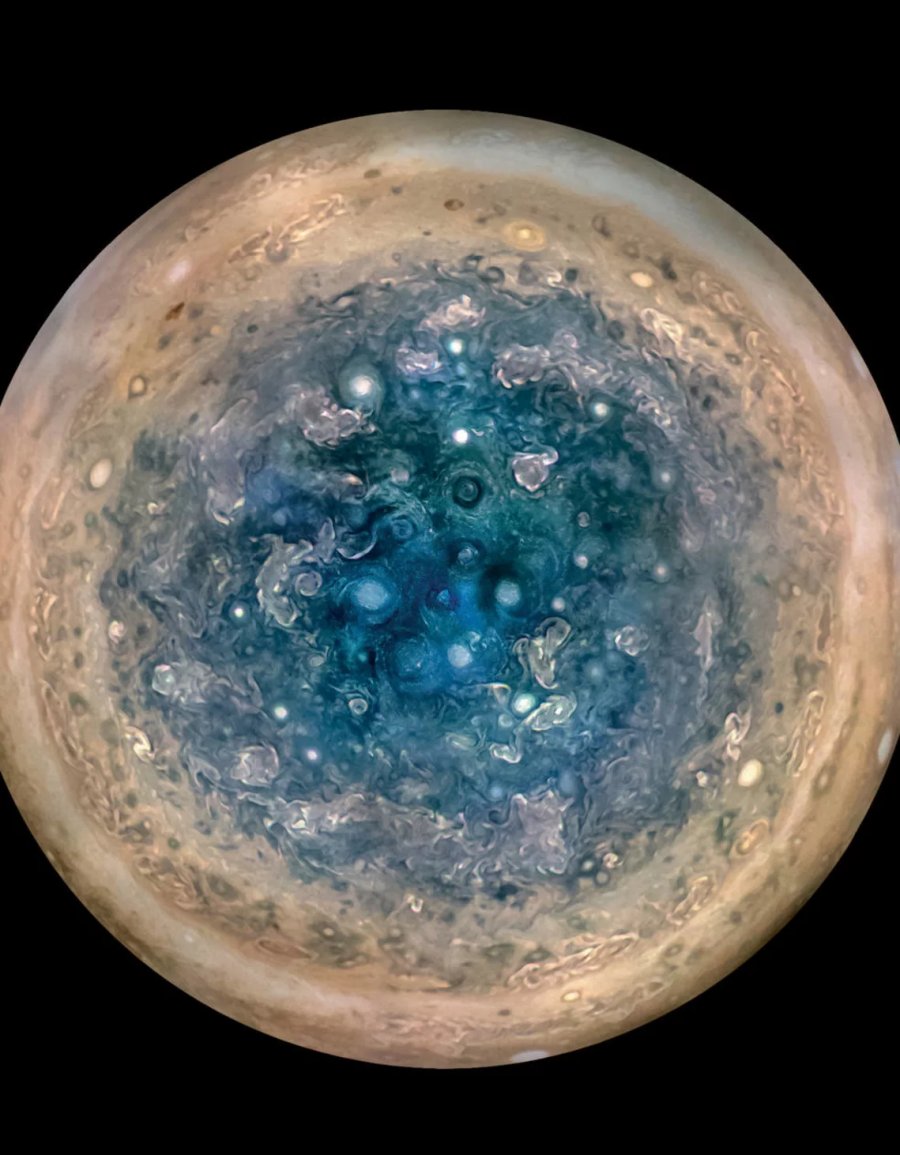
“Jupiter is the oldest planets in the solar system, and its solid core formed well before the solar nebula gas dissipated, consistent with the core accretion model for giant planet formation.”
See also:
Astronomers Discovered A Second Great Cold Spot In Jupiter’s Upper Atmosphere
Solar Storms Ignite X-ray “Northern Lights” On Jupiter
Detailed Radio Map Of Jupiter Reveals What’s Hidden Beneath Colorful Clouds
We do not have any samples from Jupiter, in contrast to other bodies like the Earth, Mars, the moon and asteroids,” Kruijer said. “In our study, we use isotope signatures of meteorites (which are derived from asteroids) to infer Jupiter’s age.”
The team showed through isotope analyses of meteorites that Jupiter’s solid core formed within only about 1 million years after the start of the Solar System history, making it the oldest planet. Through its rapid formation, Jupiter acted as an effective barrier against inward transport of material across the disc, potentially explaining why our solar system lacks any super-Earths (an extrasolar planet with a mass higher than Earth’s).
The team found that Jupiter’s core grew to about 20 Earth masses within 1 million years, followed by a more prolonged growth to 50 Earth masses until at least 3-4 million years after the solar system formed.
MessagToEagle.com
Expand for references
